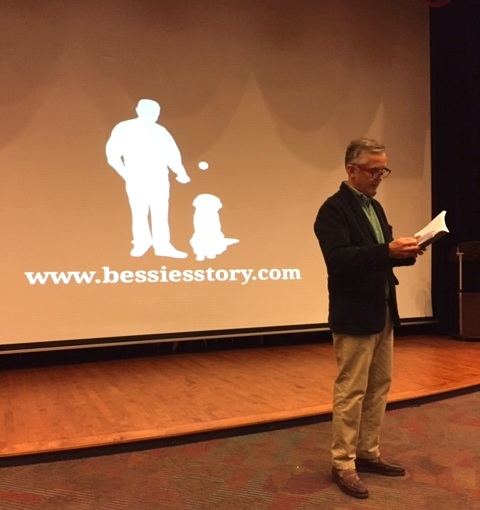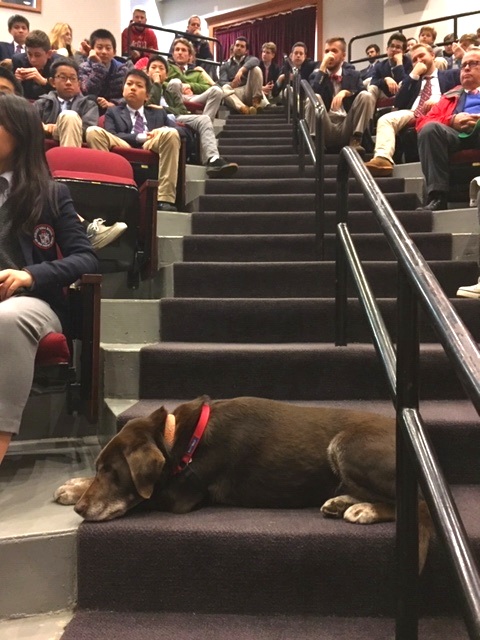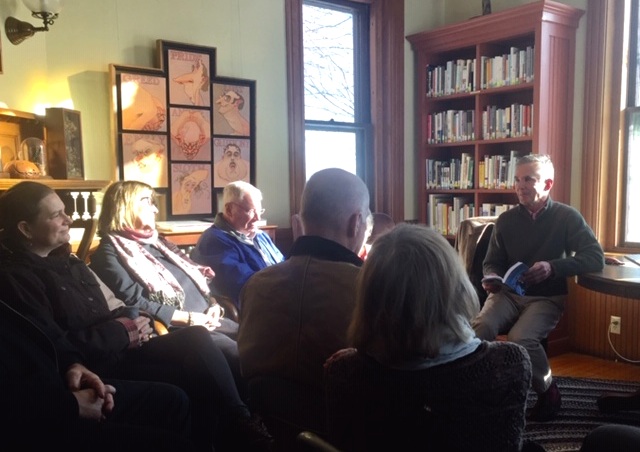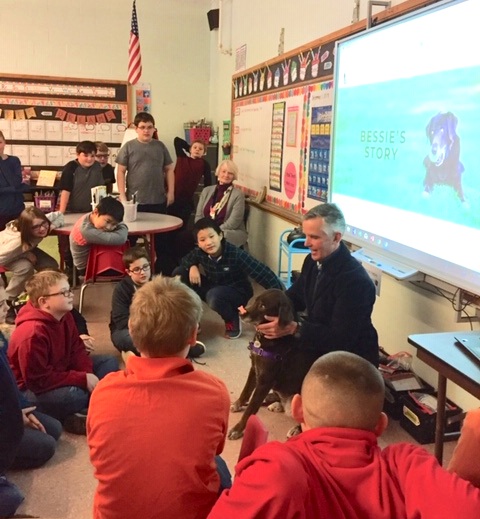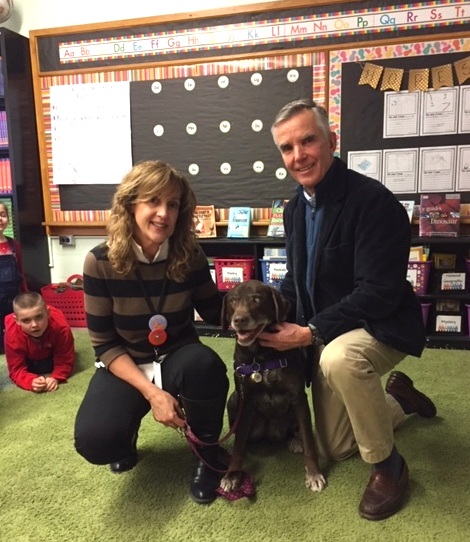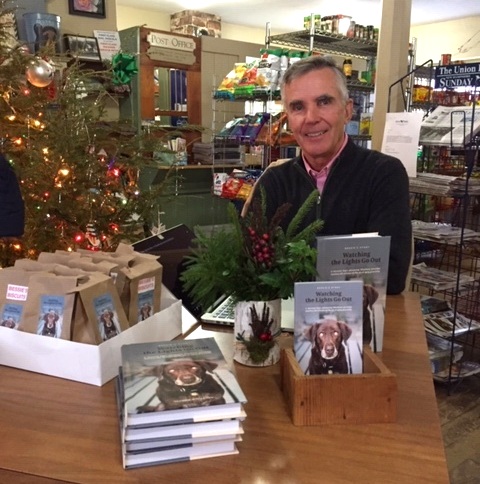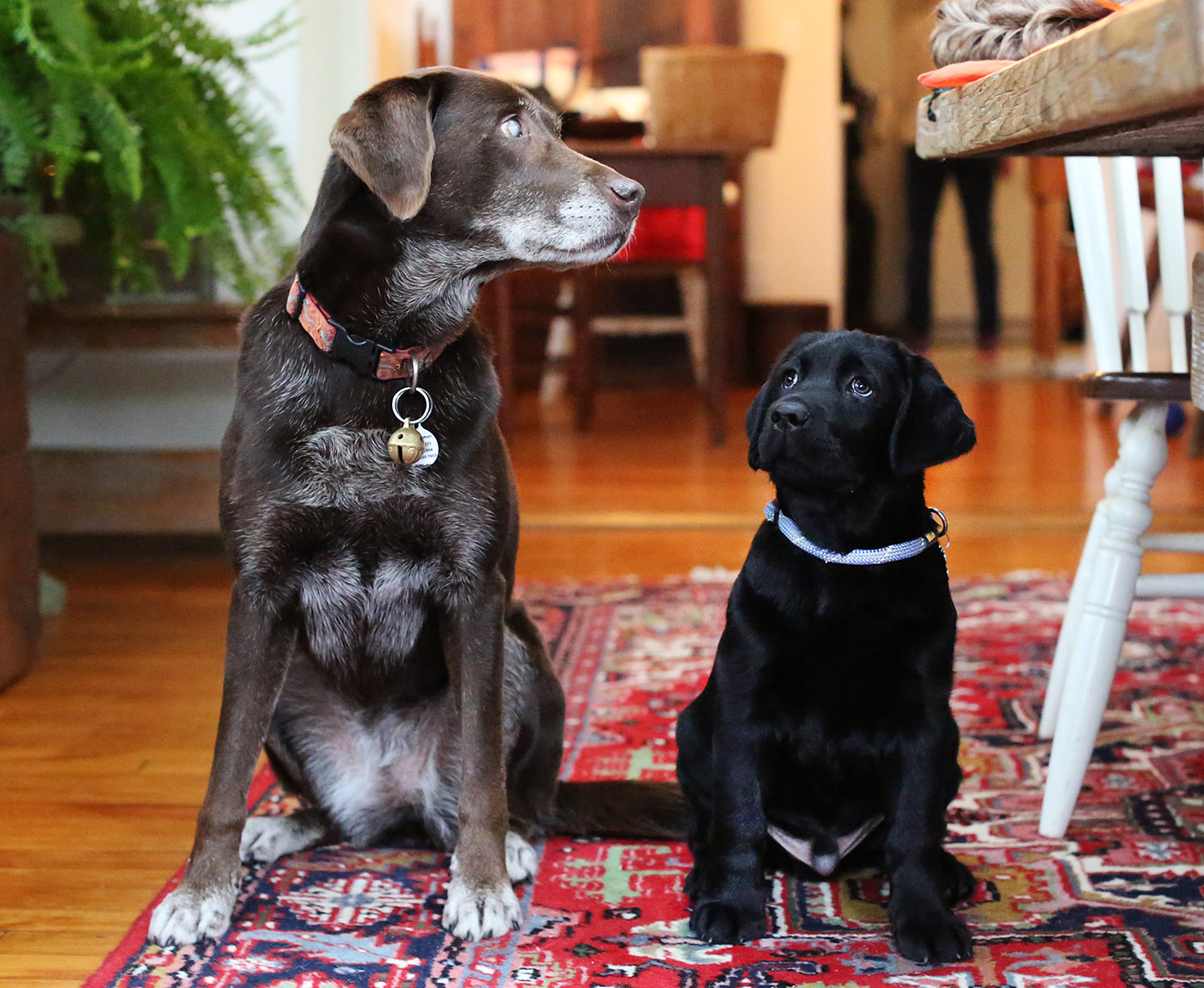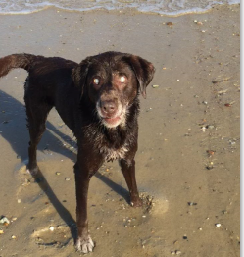Before launching a search party after she disappeared, Ashley and I would call her with our own personal whistle noises. Mine is a loud, high pitched whistle, made by placing my fingers in my mouth just so and blowing hard. Ashley’s whistle is more conventional, a lilting, up and down melody that is more beckoning and gentler. We’d whistle and wait, whistle and wait, turning in circles, speculating from which direction Bessie might appear. When she did return it was never at a trot or a gallop. Rather, she’d come around a bend or from behind a nearby house or out of the woods in a slow stroll. It was a, take it easy, I’m coming, I’m coming, sort of saunter.
I simultaneously loved this behavior in Bessie and was disturbed by it. I loved it because she just seemed so confident and adventurous; curious about what’s out there, willing to track it down and check it out. Of course the disturbing aspect of Bessie’s wanderings was that my imagination would spiral up until I was sure we’d never see our girl again―she’d fallen through the ice, been hit by a car, jumped in a stranger’s truck. It was similar to the way I felt when Tyler and Trevor were younger and missed curfew. Minutes feel like hours at these times.
Bessie still disappears now and then. We have a small, open meadow behind our house and from an upstairs window I sometimes watch our aging adventurer on the prowl. She’ll sniff tufts of grass, chew on a stick, paw some deer droppings and slowly, ever so slowly, work her way toward the edge of the grass area and then surreptitiously duck into the woods. It’s a big world out there and Bessie still wants to explore it. I call her while she’s still in sight and she turns reluctantly back toward the house
We have some neighbors whose daughter wants to be a veterinarian. She is fascinated by Bessie and likes to observe her. This family stops by to check out the old girl and sure enough, we can’t find her. “Have you seen Bessie?” I ask Ashley. “Nope.” We check both cars, call around the house, nothing. We tell our friends not to worry, but of course they do. We are all concerned. Once they leave, promising to search nearby roads, Ashley and I head off in separate directions calling and whistling with ever increasing levels of anxiety. No matter how much we remind ourselves that this is just Bessie being Bessie, our worry intensifies, just as it always does in these situations. This can’t be the way our time with Bessie ends, I think to myself.
An hour later, as I’m sitting on the front steps, she walks slowly around the corner of the house, completely at ease and wearing a look of deep satisfaction and contentment. She also has several of those round, spikey burrs embedded in her fur, postcards from her journey. This puzzles me because the bushes that produce these things don’t grow anywhere near our house. Ashley checks Bessie’s breath to see if she ingested scraps from an abandoned deer carcass or some other found treasure, but is doesn’t appear so―there are no mysterious odors on her breath and no telltale indigestion. I give her a hug, ask her if she enjoyed her adventure and let it go at that. It’s late summer, after all, and don’t we all feel a little more free-spirited when the leaves begin to turn color?
Earlier this summer, during a thunderstorm, Bessie disappeared for three hours until she turned up on neighbor’s front porch a mile away. Before we found our wanderer Ashley posted a notice on the town’s Facebook page and two-hundred-and-fifty people shared the alert. The community seemed to be worried about our dog and was looking for her. Their concern was inspiring. Turns out Bessie’s blindness has turned her into somewhat of a local folk hero. But the important part of this story is that she still enjoys and exercises her independence.
How wonderful that Bessie retains a youthful approach to life. I’m glad she is willing to break curfew now and then in order to make a good time last just a little bit longer. And how inspiring that she’s not afraid to get lost in a world she can’t see, knowing that as long as she doesn’t panic and trusts herself, she’ll eventually find her way home or to a safe place, incrementally richer in spirit and wiser from the experience. She teaches by her example.



